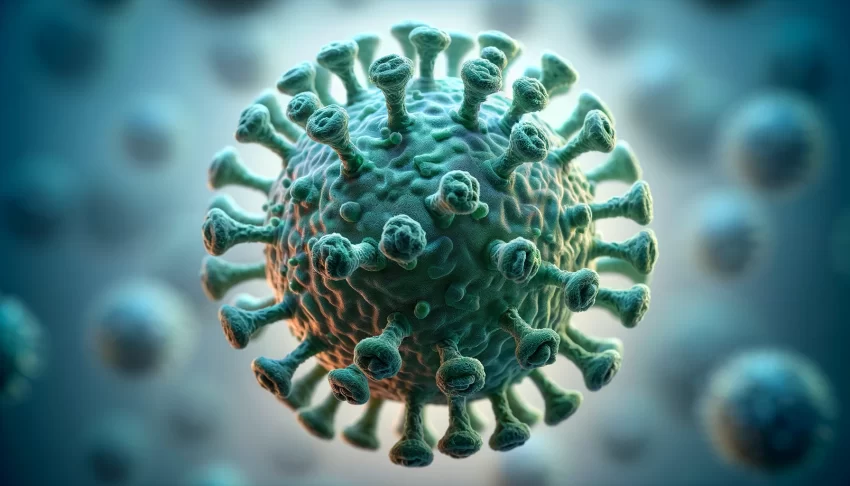| Listen to our audio presentation: High Blood Pressure Information |
Breakthrough in HIV Research: CRISPR’s Potential to Eliminate the Virus
Scientists have taken a groundbreaking step in HIV treatment using the Crispr gene-editing technology, renowned for its precision in modifying DNA. Researchers at the University of Amsterdam have successfully removed HIV from infected cells in laboratory settings, offering a tantalizing glimpse into the potential eradication of the virus from the human body. While existing antiretroviral therapies effectively manage HIV replication, they cannot eliminate the virus, leaving a gap that Crispr technology aims to fill.
The process involves Crispr acting as molecular scissors, targeting and excising the DNA segments of the virus within cells. This achievement is currently a “proof of concept” and signifies the initial phase in a long journey towards a potential cure, requiring extensive further research to ensure safety and efficacy. Despite the optimism, experts caution about the complexity of eradicating HIV from all affected cells and the potential for off-target effects, which could have long-term consequences.
The innovative approach of using Crispr to target the latent reservoirs of HIV, where the virus remains dormant within immune cells, represents a significant stride in the quest for a cure. This method has the potential to provide a lasting solution to HIV infection by directly attacking the virus’s genetic blueprint. However, transitioning from successful cell assays to effective whole-body treatments poses substantial challenges, with comprehensive clinical trials needed to ascertain the viability of this method in humans.
The advent of Crispr gene-editing technology marks a revolutionary era in medical science, with potential applications across various diseases, including the quest to cure HIV. The ability of Crispr to precisely alter DNA sequences offers hope not only for treating HIV but also for addressing a range of genetic disorders. The journey from discovery to clinical application underscores the intricacies of translating laboratory success into practical medical solutions, highlighting the importance of rigorous testing and ethical considerations in advancing gene therapy.

